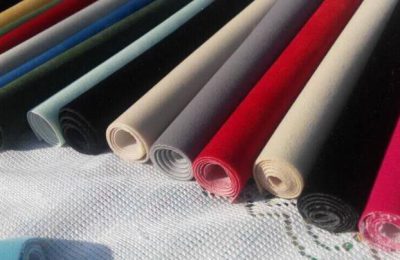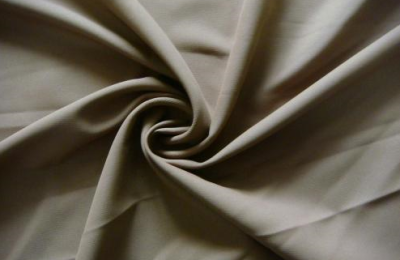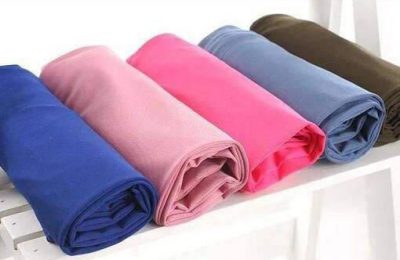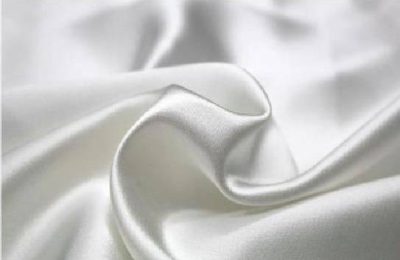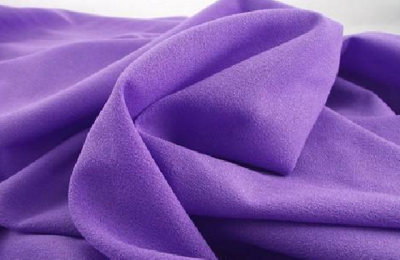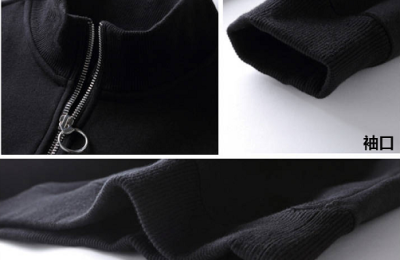High temperature resistance – the operating temperature reaches 250℃.
Low temperature resistance – PTFE air filter membrane has good mechanical toughness; even if the temperature drops to -196°C, it can maintain an elongation of 5%.
Corrosion resistance – It is inert to most chemicals and solvents and can withstand strong acids and alkalis, water and various organic solvents.
Weather resistant – has the longest aging life among plastics.
High lubrication – has the lowest friction coefficient among solid materials.
Non-adhesion – PTFE air filter membrane has the smallest surface tension among solid materials and does not adhere to anything.
Non-toxic – PTFE air filter membrane is physiologically inert and has no adverse reactions when used as artificial blood vessels and organs for long-term implantation in the body.
The relative molecular weight of PTFE air filter membrane is relatively large, ranging from hundreds of thousands to more than 10 million, and generally millions (the degree of polymerization is on the order of 104, while polyethylene is only 103).
PTFE air filter membrane generally has a crystallinity of 90 to 95% and a melting temperature of 327 to 342°C.
The CF2 units in the polytetrafluoroethylene molecule are arranged in a zigzag shape. Since the radius of the fluorine atom is slightly larger than that of hydrogen, the adjacent CF2 units cannot be completely trans-cross-oriented, but form a spiral twisted chain. Atoms cover almost the entire surface of the polymer chain.
This molecular structure explains the various properties of PTFE.
When the temperature is lower than 19°C, a 13/6 helix is formed; at 19°C, a phase change occurs, and the molecules are slightly unraveled, forming a 15/7 helix.
Although the breaking of carbon-carbon bonds and carbon-fluorine bonds in perfluorocarbons requires energy absorption of 346.94 and 484.88kJ/mol respectively, the depolymerization of polytetrafluoroethylene to generate 1 mol of tetrafluoroethylene requires only 171.38kJ of energy.
So during high temperature cracking, polytetrafluoroethylene mainly depolymerizes into tetrafluoroethylene.
The weight loss rates (%) of polytetrafluoroethylene at 260, 370 and 420°C are 1×10-4, 4×10-3 and 9×10-2 per hour respectively.
It can be seen that PTFE can be used for a long time at 260℃.
Since highly toxic by-products such as fluorophosgene and perfluoroisobutylene are also produced during high-temperature cracking, special attention must be paid to safety protection and to prevent polytetrafluoroethylene from coming into contact with open flames.
Mechanical properties Its friction coefficient is extremely small, only 1/5 of polyethylene, which is an important feature of perfluorocarbon surface.
And because the fluorine-carbon chain intermolecular force is extremely low, polytetrafluoroethylene is non-sticky.
It does not melt at a temperature of 250°C and does not become brittle at an ultra-low temperature of -260°C.
Polytetrafluoroethylene is extremely smooth, even ice cannot compare with it; its insulation properties are very good, a film as thick as newspaper is enough to withstand high voltage of 1500V.
Polytetrafluoroethylene maintains excellent mechanical properties within a wide temperature range of -196 to 260°C. One of the characteristics of perfluorocarbon polymers is that they are not brittle at low temperatures.
</p



